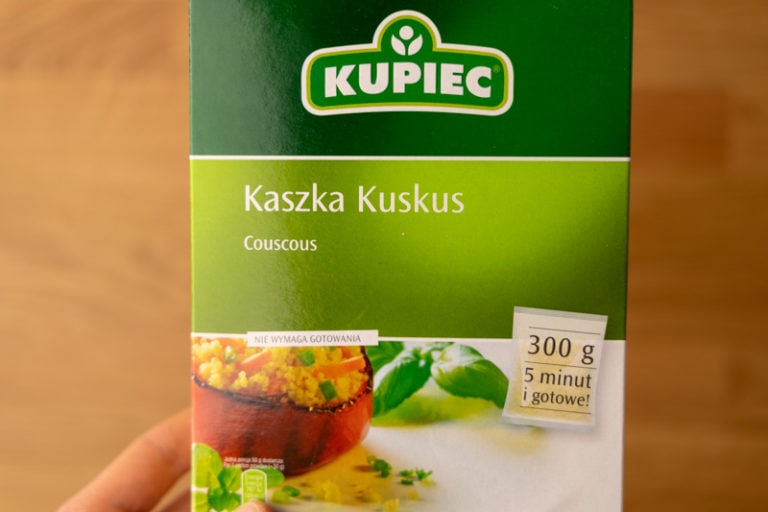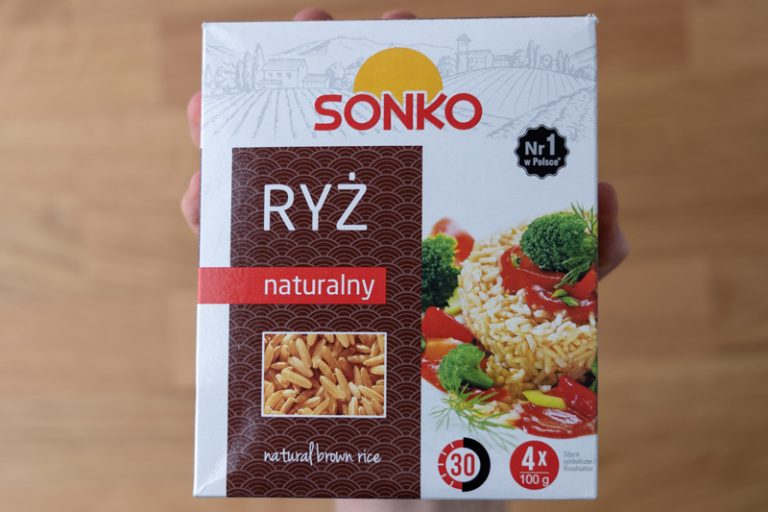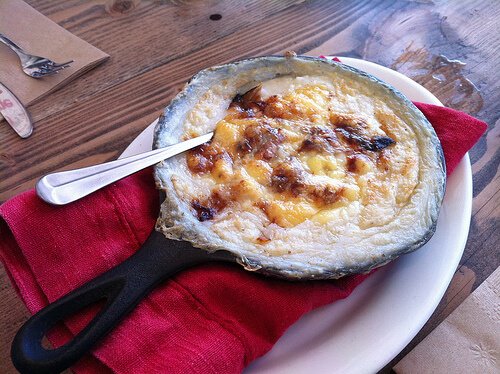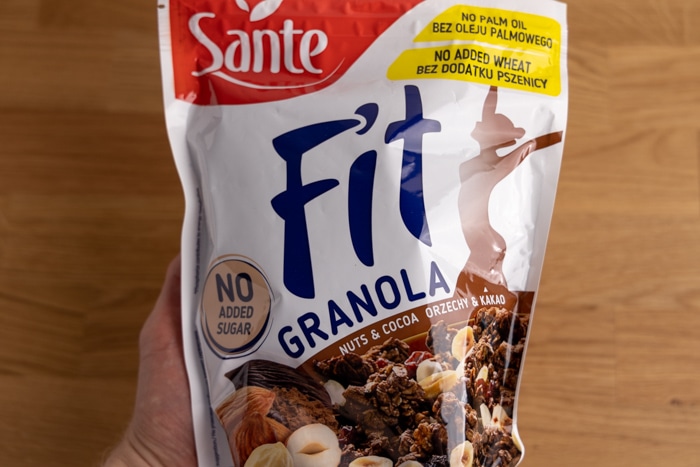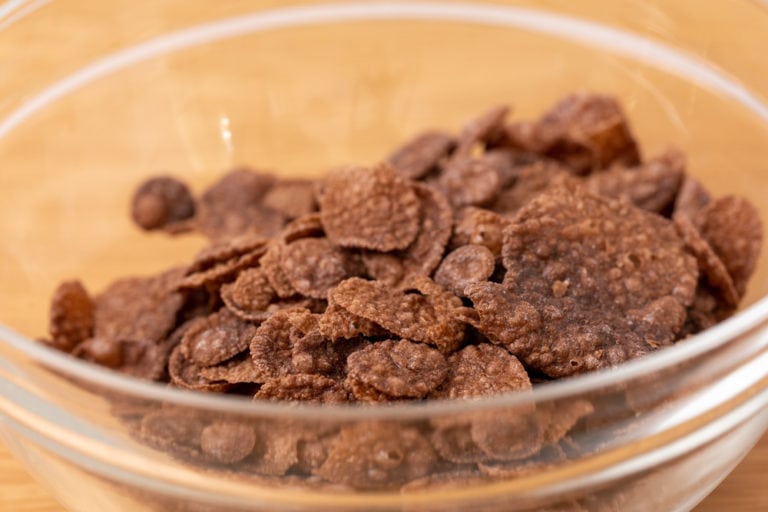Does Cornmeal Go Bad
Cornmeal is a staple food in many kitchen cabinets. It is useful for pizzas, bread, bagels, and other delicious foods. Despite so many uses, we often end up storing a single package of cornmeal for months or even years at a time. That begs the question: does cornmeal go bad?
If you want to bake your favorite cornbread, but the cornmeal is past the date on the label, asking if it’s still okay to use makes sense.
In this article, we go through storage, shelf life, and going bad of cornmeal.
We also touch upon differences between whole grain and degerminated cornmeal. That difference might be subtle, but it’s quite important when it comes to storage and shelf life of the product.
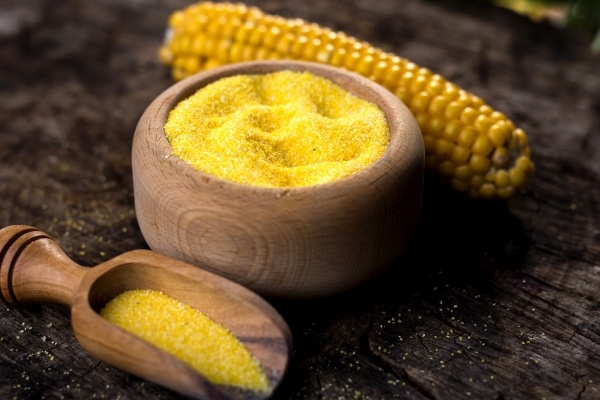
How To Store Cornmeal
Since degerminated cornmeal is the more popular variety, we will start with it. To read about the difference between whole grain and degerminated cornmeal, go to the end of the article.
Storing degerminated cornmeal is pretty similar to storing flour. You should store an unopened bag or container in a cool and dry place, away from sources of heat. The pantry or a kitchen cabinet are both great choices.
Once you open the package, cornmeal needs to be tightly sealed. That means it’s best to transfer the ground corn into an airtight container or sealable glass jar. This way the product will be safe from moisture as well from any insects.
If you want to keep the cornmeal fresh for a few years, freezing it is the way to go.
When it comes to whole-grain cornmeal, it’s more volatile than the other kind (just like whole-grain grits). It doesn’t last that long in the pantry, so it’s best to store it in the fridge or even in the freezer after opening the package.
Related: Do grits expire?
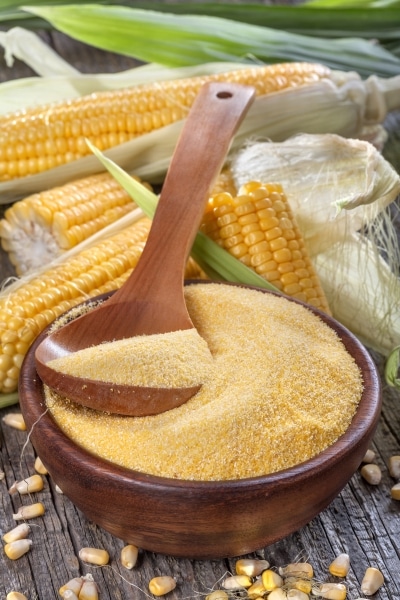
How Long Does Cornmeal Last
Again, let’s start with degerminated cornmeal.
Generally, each bag of cornmeal comes with a best-by date. That date informs us about how long the product should retain its freshness.
Since degerminated cornmeal keeps up really well, you can easily assume that it will still be okay to use for months past that date. How long past the date on the label exactly, you ask? Unfortunately, it’s impossible to say.
A better way to go about this is to examine the product, even if it’s 3 years past the best-by date and decide whether to use it based on its quality.
When it comes to whole-grain cornmeal, it doesn’t last in good quality nearly as long as its degerminated counterpart.
Generally, it should retain freshness for a few months in the fridge and at least half a year in the freezer. Of course, it won’t go rancid right after that period, but its quality might not be as good as it used to.
| Pantry | Fridge | Freezer | |
|---|---|---|---|
| Degerminated cornmeal | Best by + 1 year | Best by + 5 years | |
| Whole-grain cornmeal (unopened) | Best by + 3 months | ||
| Whole-grain cornmeal (opened) | 3 – 6 months | 6 – 12 months |
Please note that all the periods are rough estimates and for the best quality only.
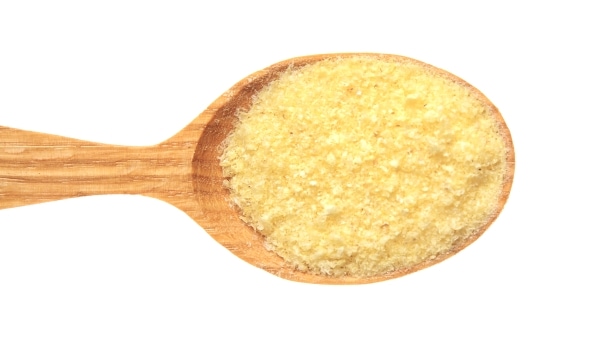
How To Tell If Cornmeal Is Bad?
Similar to coconut flour and many other ground products, cornmeal degrades in quality over time.
Degerminated cornmeal doesn’t usually go rancid, but it loses its flavor and freshness. So unless water or any bugs got into the package, in which case you should discard it, you need to decide to use or toss out the cornmeal based on its quality.
Many people decide about the quality using the sniff test: if it smells okay, it’s good to use. Of course, if you notice any classic signs of spoilage, like an odd smell or signs of mold, you should get rid of the product.
When it comes to whole-grain cornmeal, there are a few more things about going bad that you should know.
First off, since the germ is left intact, the oils in the germ can go rancid, especially if the food staple wasn’t stored at cold temperature. So give it a good sniff before using it. If it smells rancid or sour, it’s past its prime, and you should discard it.
Another thing to remember is that black and grey specs in whole-grain cornmeal are normal. Those flecks can be attributed to the germ of the corn. Other than that, you should use the guidelines for degerminated corn.
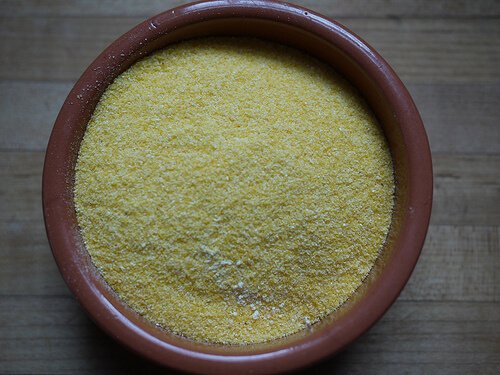
Cornmeal FAQ
What’s the difference between whole-grain and degerminated cornmeal?
Cornmeal is a coarse flour ground from dried corn. You can find yellow, white, and even blue variety of it.
Corn kernels consist of three parts: germ, hull, and endosperm. The germ is rich in oils, and therefore is susceptible to going rancid.
The difference between the two types of cornmeal is in the presence of germ: degerminated cornmeal has the germ removed. Removed germ means less nutritional value, and that’s why most cornmeal is enriched. It also means the taste isn’t that rich.
But what’s most important for the food industry is that the absence of the germ makes the shelf life of cornmeal much longer. That’s also why most of the cornmeal on the market is degerminated.
Rotten Records: Share Your Snap!
Caught some food past its prime? Upload your photo to “Rotten Records” and help others spot the signs of spoilage. Every image makes our food community safer and more informed!
